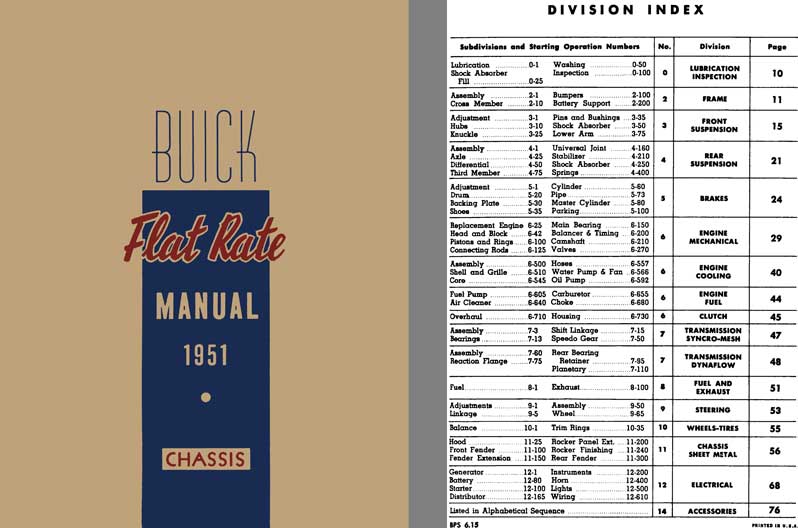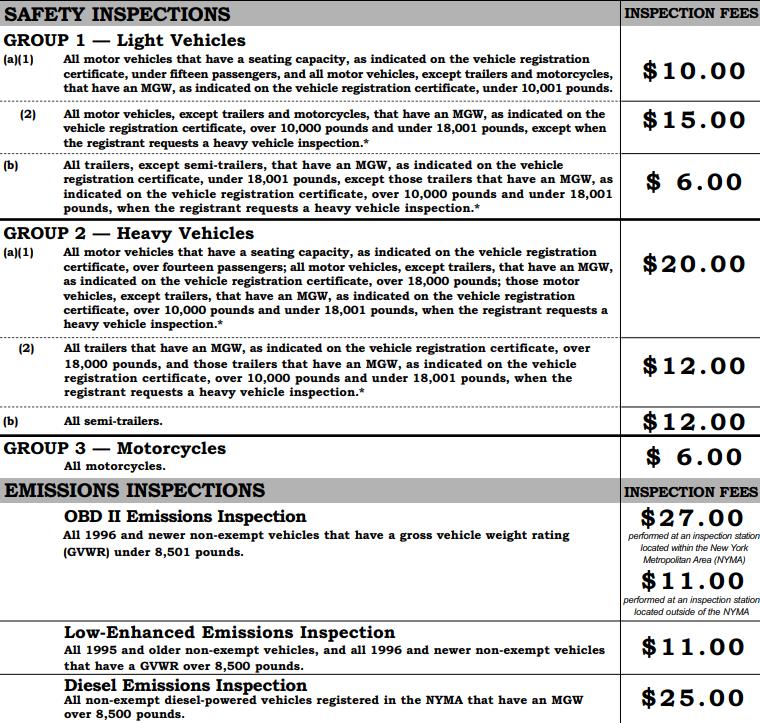


You must budget with maintenance and repairs in mind. This is a common mistake made by those who are looking for a great deal on a used car. You Need To Factor Maintenance And Repairs Into Your Budget When Shopping For A Car Websites like JD Power and Associates and Consumer Reports can also help you understand common repairs and reliability ratings for common trucks, cars, and SUVs. Take the age and make/model of your car into account when budgeting. However, once a car is no longer covered by a powertrain warranty, and reaches 5 years of age, you’ll likely be responsible for some more expensive repairs in the future. This is doubly true for cars which have a high reputation for reliability, such as Toyotas and Hondas. The Amount You Should Budget Will Vary Based On Your VehicleĪs a rule, you won’t need to budget as much money for repairs on cars that are 3-5 years old, as they are still likely in good condition, and their powertrain is covered by a warranty. If you start dipping into your car repair fund for other expenses, you may not have enough cash to cover a major repair once the car’s powertrain warranty expires. Once you start saving this money, you should not touch it. If you don’t experience major issues for a year or two, you’ll build up a good amount of money that can be used for a more major repair.

You can spend this money on routine maintenance, and as time goes on, you’ll build up more money that you can use for repairs. A great way to do this is to set up a separate “car savings” account, and transfer $100-$200 to it each month. However, a good rule of thumb is to save $1,200-$2,000 for repairs and maintenance every year. There is no way to know exactly how much you should save for your car repairs, because each person’s budget, car, and financial situation is different. The Average Amount You Should Budget For Car Repairs Each Year Is $1,200-$2,000 So, how much should you budget? Here’s what you need to know. Once you’re out of your “bumper to bumper” warranty, you will likely have a powertrain warranty that’s good for 5-7 years from when the car was first purchased, which will cover the transmission and engine, but you’ll still want to set aside some money to budget for repairs. New cars are usually covered by a “bumper to bumper” warranty, but this typically only covers your car for three years – which, coincidentally, is the time period during which major systems are unlikely to fail. It will, at some point, likely require repairs. However, there is one disadvantage of buying a used car. Used cars are much more affordable than brand-new vehicles – and because you avoid the initial depreciation of buying a new car, you can stretch your dollar even further. If you’re in the market for a used car, you’re making a great financial choice.


 0 kommentar(er)
0 kommentar(er)
